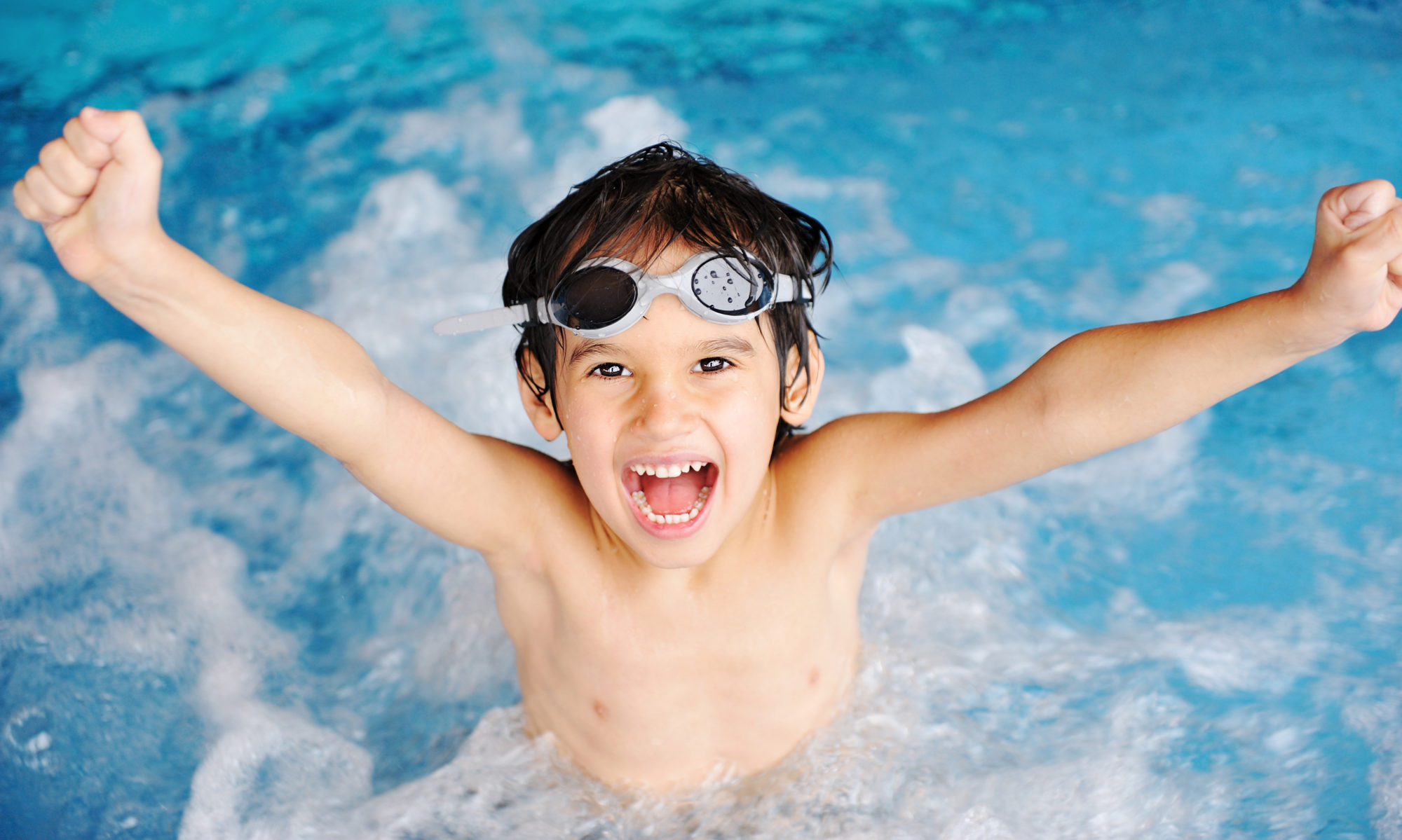When you’re teaching your kids to swim, time in the pool is valuable. You only have fifteen or twenty minutes of water time before your kids start to get uncomfortable or lose focus, and at that point they’re done learning. Do these four things before you get into the pool to make the most of your time in the pool.
Make sure there’s a working phone nearby.
Nothing is more important than safety when you’re teaching your kids to swim. In case of emergency, you’ll dial 9-1-1 right away. Prepare for that by making sure there’s a working phone nearby before you get into the water. Check for a dial tone. A landline is the best option because it gives emergency responders the location of the phone automatically.
Go to the bathroom.
Kids have an uncanny ability to wait until the worst possible moment to need to go to the bathroom. You’re next in line at the store with a huge basket of groceries. You’re just about to find out whether the animated hero of the movie gets out of a sticky situation. You’re thirty seconds into your swimming lesson.
It doesn’t help that being in the water tends to encourage the need to urinate. You can’t completely eliminate the possibility that your kids will interrupt your swimming lesson just when you’re starting to teach them, but making a trip to the bathroom part of your routine every time you prepare to get into the pool gives you the best chance you’re going to get for an uninterrupted lesson.
Empty mouths and blow noses.
You shouldn’t eat before swimming anyway. (Digesting requires energy, and your kids need all of their energy to swim.) You never know when your kids will find a stray Cheerio tucked into a corner of their booster seat on the way to the pool, though. Now’s the time to make sure that your kids don’t have food or chewing gum in their mouths.
Prep your post-pool equipment.
Have towels, a warm drink—even if it’s hot out—and a snack ready to go.
Taking these steps before you get into the pool when you’re teaching your kids to swim will help make the lesson go smoothly.
